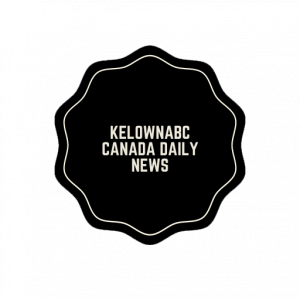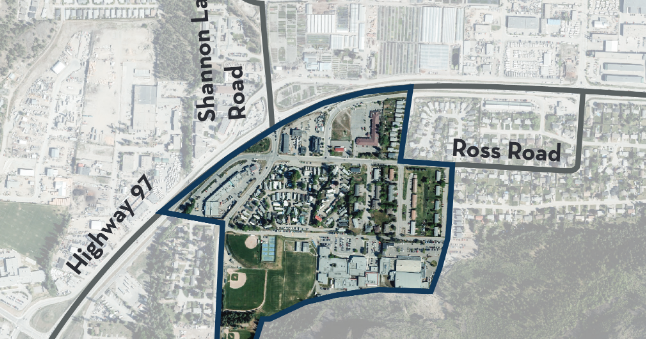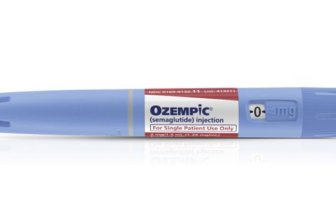New buildings of up to 12 storeys should be allowed in downtown Westbank, members of West Kelowna city council will hear Tuesday.
A proposed growth strategy for the municipality aims to focus one-quarter of the municipality’s new housing over the next 20 years in multi-family developments in and around Westbank.
“(This) will create a focal point for growth in the heart of the community,” top city planner Brent Magnan writes in a report to council.
West Kelowna’s population is forecast to grow from 37,000 currently to almost 50,000 by 2040.
Municipal leaders in West Kelowna have long sought to encourage new residential and commercial development in West Bank, with mixed results.
While several new multi-family buildings have been constructed, other prime sites remain vacant and the area’s business community, challenged by the proliferation of commercial premises on the adjacent Westbank First Nation, has not expanded significantly.
While the proposed official community plan update recommends continuing efforts to attract more housing and business to West Bank, it also includes the new idea of permitting buildings of up to six storeys with hundreds of new homes around the Mount Bourcherie civic complex further north in West Kelowna.
That would effectively create a second main urban area, known as Boucherie Centre, in West Kelowna, that’s along Highway 97 and close to schools and an industrial park.
“It will provide an accessible place to work, live, and play with excellent proximity to Mount Boucherie, the Westside Wine Trail, as well as recreational and community facilities,” Magnan says.
“The intent with introducing additional medium density in this area is to promote redevelopment while ensuring it does not detract from the identified higher density growth opportunities in Westbank Centre,” Magnan says.
The updated official community plan also envisions new commercial and residential buildings of between three and six stories in various West Kelowna neighborhoods, such as Lakeview Heights along Anders Road, Rose Valley between Westlake Road and McDougall Road, and along the Gellatly Bay foreshore.
Although West Kelowna covers more than 30,000 acres, less than one-third is considered developable because of steep slopes and other buildings challenges.










